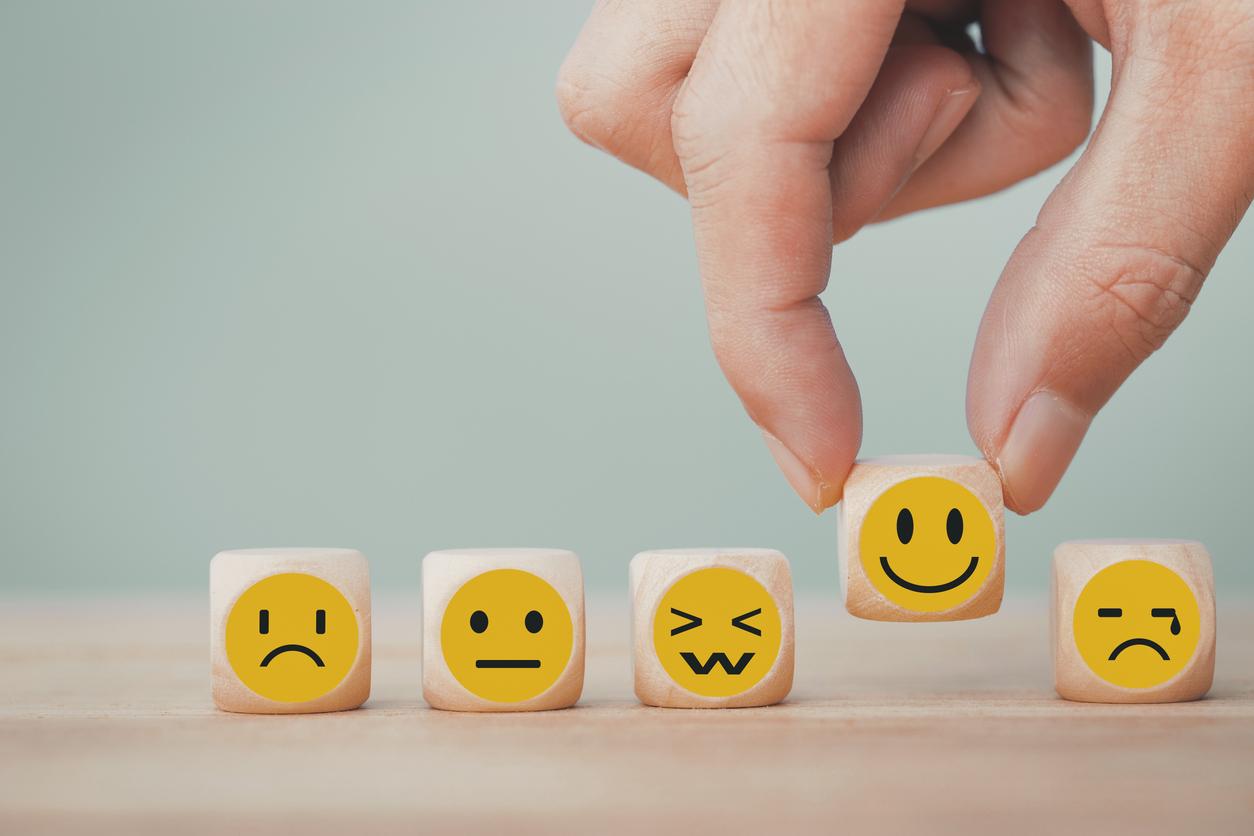A group of researchers conducted a large-scale study to understand how our emotions and sensitivity change throughout our lives, depending on our age.

Have you ever wondered why teens are so susceptible to negative emotions? Or, on the contrary, why are older people more positive than when they were younger? These are the questions asked by a group of researchers at McLean Hospital. Their work has been published in the Journal of Experimental Psychology: Generalentitled: “Emotion sensitivity over the life course: mapping of clinical risk periods according to sensitivity to the intensity of facial emotions”.
A large-scale study on the net
To carry out this study, the researchers developed a numerical test of emotional sensitivity, published on the TestMyBrain.org platform. Participants had to detect different emotions on a series of photos showing faces, such as fear, anger or happiness. Specifically, faces were presented in pairs and participants had to answer questions like: “Which face is the most angry?”, “Which face is the happiest?” or “Which face is the most afraid?”.
According to Dr. Lauren A. Rutter, this new testing method has improved the accuracy of the results compared to previous studies. In addition, doing this test online allowed, according to her, to draw from “a much larger and more diverse set of samples”. Indeed, nearly 10,000 men and women, aged 10 to 85, took part in this test. Thus, the researchers were able to determine the difference in sensitivity to facial emotions between people of different age groups.
Teenagers are more sensitive to anger
“From other studies, we know that the daily experiences of an adolescent differ from those of an older person, but we wanted to understand how these experiences might be related to differences in fundamental understanding of emotions,” said said Laura Germine, technical director of the McLean Institute for Technology in Psychiatry and director of the Brain and Cognitive Health Technologies Research Laboratory.
The researchers found that sensitivity to anger signals was becoming stronger in mid-adolescence than at the beginning. “This is the exact age at which young people are most susceptible to forms of social threat, such as bullying. The development of this anger sensitivity may therefore contribute to some of the problems that arise during adolescence. ” On the contrary, the study showed that sensitivity to facial signals of fear and anger decreased with age, while the ability to detect signals of happiness remained the same.
Researchers are now building on that study to conduct new research on the link between emotional sensitivity and mental health, to understand issues like anxiety. They are also interested in a possible link between the deterioration of mental health after trauma and the sensitivity to anger and happiness.
.

















